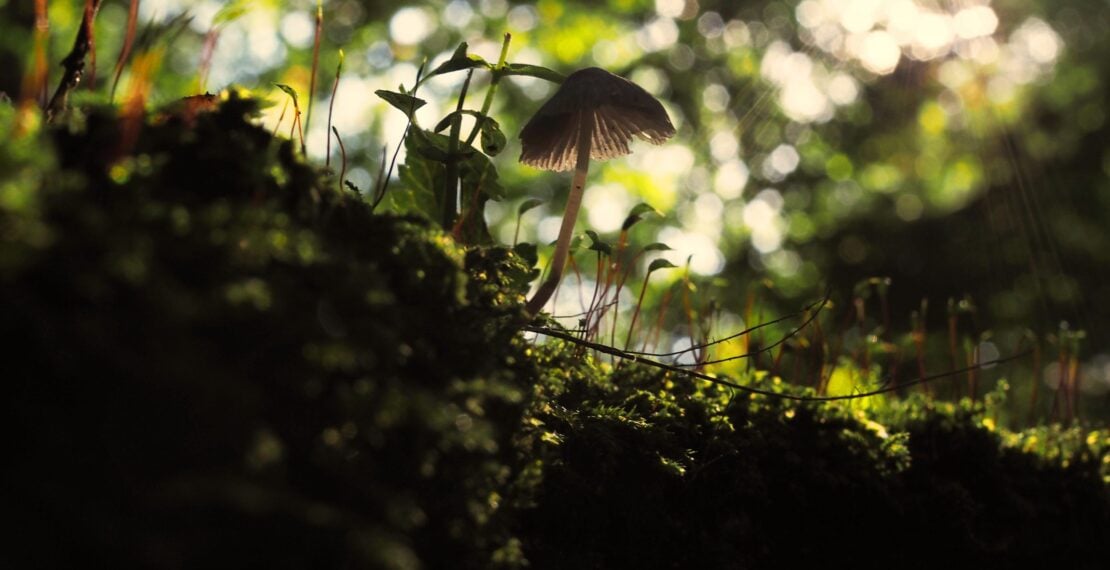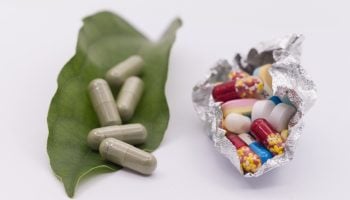On April 21, 2017 Dr. James Fadiman and Dr. Sophia Korb presented the results of their large-scale microdosing research at the Psychedelic Science conference in Oakland, California. This was the first time the world had been presented with any large scale qualitative insights into the benefits of microdosing.
The data they presented were systematically gathered, plentiful, and demonstrated the individual and collective results of a five-year study. A total of 418 volunteers participated, “of whom 284 were men, 126 were women and 5 identified as trans, nonbinary, or genderqueer. The age range from the group was 18-78, with an average age of 34, and a full three-quarters of the participants cited ‘depression’ as their primary reason for choosing to microdose.” On the whole, “those taking LSD microdoses reported a remarkable increase in feelings of determination, alertness, and energy, as well as a strong decrease in feelings of depression.”
These reports presented a baseline metric not only for their research, but for the future of microdosing research as a whole. According to Vice, “in a field which has been on lockdown for more than 50 years, studies like Fadiman’s are necessary stepping stones to more quantitatively rigorous clinical studies.”
This has certainly proven to be true, and since 2017 the research into microdosing has expanded immensely. For Fadiman and Korb, this has meant continued examination, and now, a specific look into the long-term effectsof microdosing.
At last year’s Science and NonDuality (SAND) conference Fadiman said, “We thought, what could we do that nobody else can do [to advance microdosing research]. Well, we have thousands of people who have microdosed […] so we are asking approximately 8,000 people, what were the long term effects for you?”
The implications of this are significant as long-term impact is one of the main questions looming over the microdosing conversation. At the 2018 SAND conference, Fadiman said it will be “better data than is available for most pharmaceuticals.”
Given how quickly the psychedelic landscape seems to be changing, and how popular microdosing has become — both scientifically and recreationally — the results of this research should fortify and legitimize the conversation from many angles.
After these results are published, “that’s probably what we’re going to stop with,” Fadiman said (at SAND), “ because there are so many people that want to do the research, and they’re in positions to do so.”
The future of microdosing research is bright.
To discover how microdosing can help you change habits, enhance creativity, and optimize performance, check out our Microdosing Course. We’ll guide you through the basics—then dive much deeper, helping you tailor your experience to your unique body, goals, and situation.






